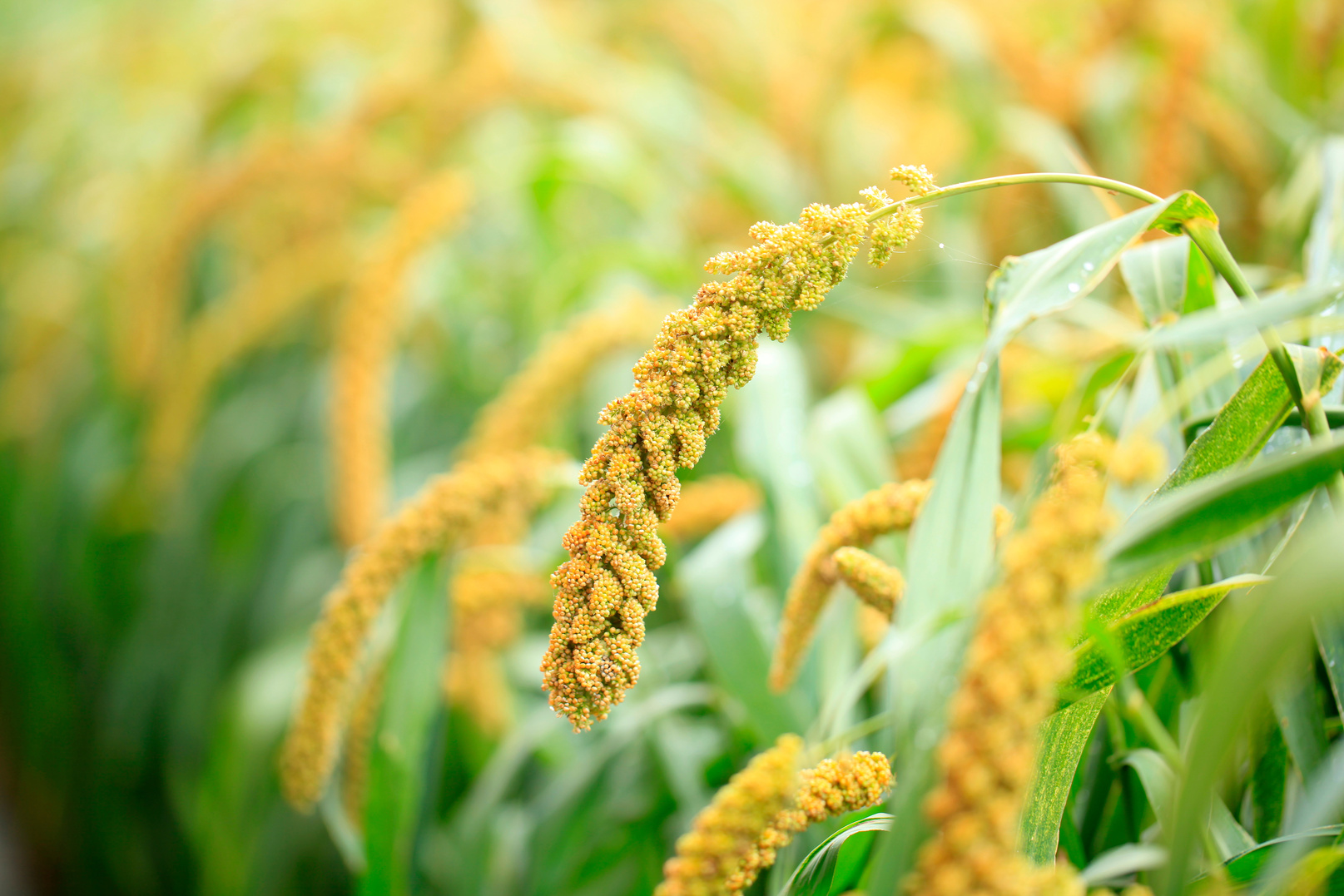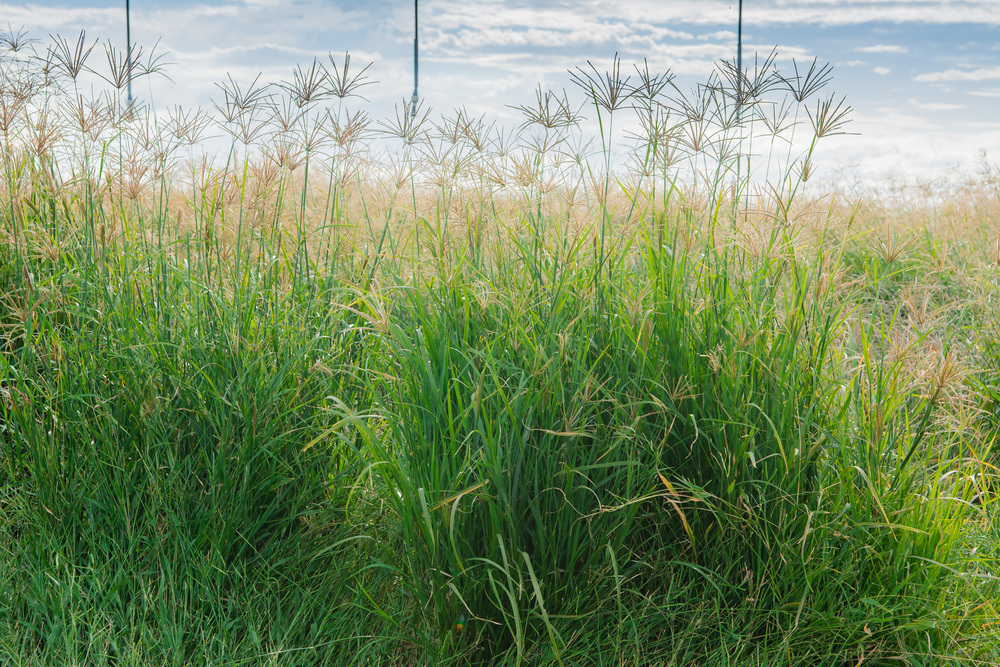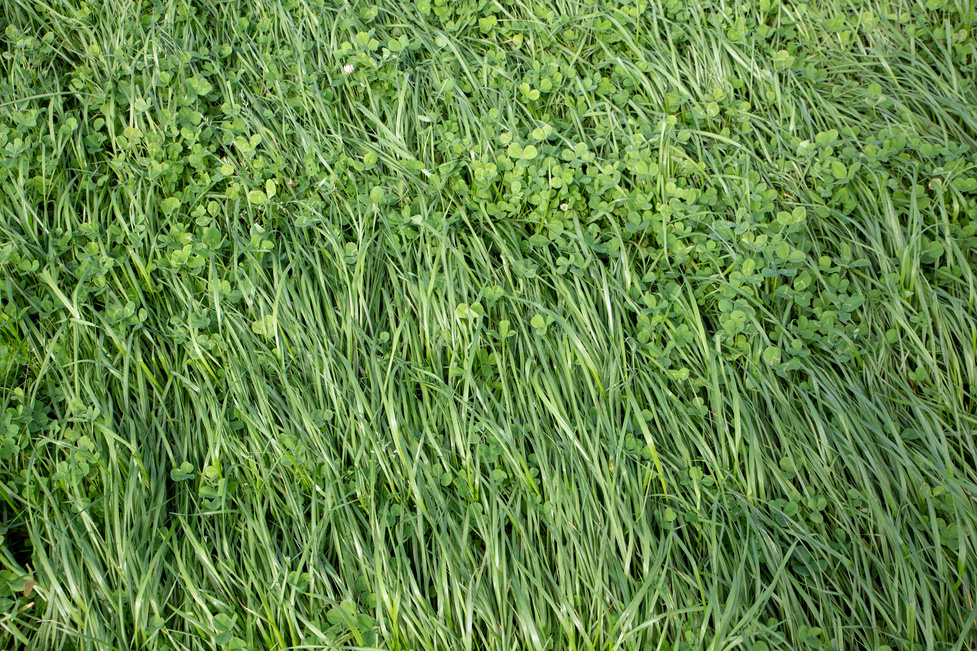In many areas, the excesses of water prevented spring reserves from being made and even ruined entire lots of meadows that will have to be replaced. The Moha is positioned as a key alternative thanks to its characteristics that allow it to adapt to different production situations.
More advantages: it beats weeds, resists drought and is used quickly
The Moha (Setaria itálica) is an annual summer production grass. Among its main characteristics is its rapid initial growth that allows its use in a relatively short time from its implementation. This same characteristic, its fast growth, allows it to compete very effectively with weeds, although its tillering is quite poor.
Another of its important characteristics is its efficiency in the use of water, which gives it great flexibility when it comes to resisting periods of drought. However, moha does not tolerate very long waterlogging very well.
Its ability to adapt very well to different types of soil, from those with shallow profiles to heavy soils, is another particularity of the moha that makes it eligible for different productive plantings.
Implantation and management: attentive to seed quality
Planting time is from mid-October to late December. The temperature of the soil is important so that germination is even (greater than 18ºC is ideal). The most convenient planting is online. The distance between rows, according to the machine, should not be greater than 35 cm, and it can be sown at a distance of 15 to 17 cm between rows. The planting density ranges from 15 to 30 kg/ha. It is important to know what quality of seeds we have to define the density based on the amount of viable seed that we are sowing. In environments with greater resource limitations, it is advisable to be closer to the minimum densities so as not to generate high competition between plants. In environments with high potential, it is always advisable to increase the density to take advantage of all the productive potential of the moha, since its low tillering capacity does not allow it to compensate as it happens with other crops.
Fertilizer application is recommended at planting
It is always advisable to know what we have in the soil before defining the dose. The ideal is to use some phosphorous fertilizer as a starter, it can also be with some other nutrients in physical or chemical mixtures. Like all C4 grasses, it has a high response to nitrogen fertilization. In other words, if the humidity conditions are optimal, it will be able to take advantage of all the nitrogen that we give it. With doses of 50 kg/ha of urea we already find answers, in high production plantings, the dose can reach up to 200 kg/ha of this fertilizer. In management with direct grazing, the most advisable thing is to fertilize after it to favor regrowth.
Moha in a wide menu: direct grazing, haymaking and whole plant silage
The largest proportion of the moha that is sown is intended for making rolls (haymaking), especially in cases such as the "Colorada Gigante" variety. Since due to its poor regrowth, using it for hay is the management that best suits, thus maximizing the production of dry matter (DM). If used for grazing, this should be done 30 - 35 days after sowing. If it is intended for making rolls or silage, the cutting moment is between panicle and milky grain. At that time we are talking about a crop that is approximately 70 days old from sowing with a height ranging from 60 cm to more than 1 meter. In this stage, the highest DM production is reached and with high digestibility values. DM production is in the order of 4,000 to 7,000 kg/ha depending on the environment, rainfall, fertilization, etc. In terms of quality, it is a crop with high palatability and good nutritional value: protein between 10-12% and digestibility above 60%. Following this management, after making hay or silage, as we said before, an interesting or poor regrowth can be obtained depending on the resources that we apply, and here are two alternatives: this regrowth can be grazed or used as cover if we have planned seed a pasture in late summer or early fall. A cover will provide soil protection, reducing erosion and also allows to increase the content of organic matter in the soil, improving fertility. It also prevents and/or delays the germination and growth of weeds. The stubble that the moha can leave after cutting it is of rapid decomposition and of little volume, so it is easy to work with. This favors the direct seeding of pastures.
0.81 $/kg of Dry Matter (DM)
Table No. 1 details the costs of inputs and labor necessary for a moha crop intended for making rolls, whose approximate yield is 6000 kg MS/ha, that is, about 12 rolls of 500 kg can be obtained. /he has.


